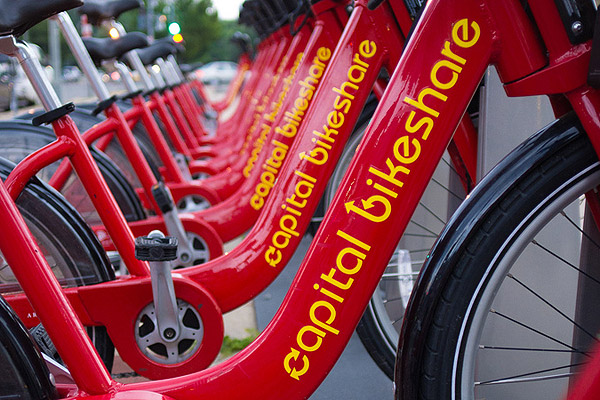
* At Grid Chicago, Steven Vance and John Greenfield have an admirably detailed, three-part account of the speed-camera hearings. This, from part 3, was interesting:
EB [Ed Burke]: I look at this as an additional means of enforcement, but I’m also interest in how this technology can be expanded to help law enforcement. For example, could it be used in an Amber Alert situation when the abductor’s license plate is known?
GK [Gabe Klein]: Yes, we wrote that into the RFP.
* The Active Transportation Alliance is in favor of them:
On average, more than 60 people were killed or injured each day in motor vehicle crashes throughout Chicago in 2010, according to the Illinois Department of Transportation. Speed almost always plays a factor in the severity of a traffic crash. A person hit by car moving at 20 mph has a 5 percent chance of dying, but a person hit by a car at 40 mph has a 90 percent chance of death.
An analysis of more than 90 studies assessing speed enforcement cameras found an average injury crash reduction of 20 to 25 percent, with more effective programs reducing injuries from crashes by more than 50 percent.
* In Slate, Tom Vanderbilt, author of the wonderful book Traffic, has a four-part series on why Americans walk less than anyone in the industrialized world and how we can remedy that.
The National Household Travel Survey shows that the number of vehicle trips a person took and the miles they traveled per day rose from 2.32 trips and 20.64 miles in 1969 to 3.35 and 32.73 in 2001. More time spent driving means less time spent on other activities, including walking. And part of the reason we are driving more is that we are living farther from the places we need to go; to take just one measure, in1969, roughly half of all children lived a mile or more from their school; by 2001 three out of four did. During that same period, unsurprisingly, the rates of children walking to school dropped from roughly half to approximately 13 percent.
One of the complaints I heard frequently when Chicago's parking meters were installed—generally one to a block, instead of one to a space—was that they were now too far from the cars. Which reminded me of this (emphasis mine):
"One of the reasons that the Stamford rail station is so heavily used is that parking is abundant and adjacent to the station, steps away by covered bridges," Jim Cameron, chairman of the Rail Commuter Council, said. "To allow developers to use the old garage site for shopping or offices and force commuters to walk a quarter mile is not fair, would discourage ridership, and would be a sell-out to private interests."
To which Matt Yglesias sensibly responds:
Parking at a further remove from the station and walking to it will become more pleasant if you walk through a neighborhood rather than walking through a field of parking garages. The residences and businesses will generate tax revenue that allow the municipality to improve overall quality of life.
This is why Wrigley Field is an institution, and the Cell is a baseball park: the parking is at a remove from the stadium for the former, and the latter is surrounded by vast fields of parking.
* The city's bike-share contract was approved by City Council. The coverage area will be quite large, and the rates for daily and yearly use will be the same as in D.C., which uses the same vendor. You can bike for 30 minutes with no additional charge—you'd be a bit hard-pressed to get from California, the the western-most coverage point, to downtown in half an hour, unless you bike slightly faster than I do, since that's basically my commute. Otherwise, you can cover a lot of the bike-share territory in that time, though finding a place to put the bike when you're done has been a problem in D.C.
* Growth in the exurbs has slowed to a standstill, thanks to the housing collapse, gas prices, and the appeal of city life. Which means that the next growth might be… in the suburbs:
But when the economy improves and the market normalizes, I’d expect some level of suburbanization to resume. Part of the logic is simple math. If you add up the population of the municipalities of New York City, Los Angeles, Chicago, Philadelphia, San Francisco, Boston, Seattle, Washington, Portland, and Miami you only get 20 million people. That’s only about 20% of what the Census Bureau is projecting for just population growth by 2050. With the difficulties of building in urban areas, there’s no way to accommodate just the new growth even if everybody wanted into the city. In other words, there’s just no way there is going to be some massive back to the city movement.
Which is cool, since I like Berwyn a lot.
* Chicago tackles the foreclosure crisis (100,000 foreclosures since 2006), one micro-market at a time.
Photograph: S. Diddy (CC by 2.0)


